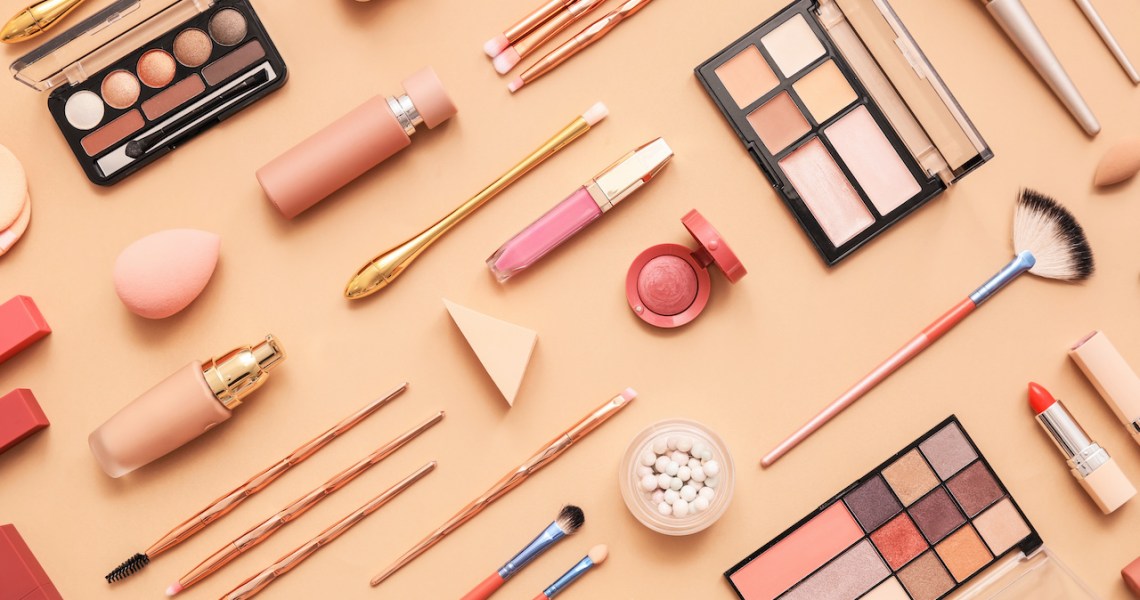Index Surge: Amplifying Your Insights
Stay updated with the latest trends and news across various industries.
When Your Lipstick Talks Back: The Surprising Science of Cosmetics
Uncover the shocking science behind cosmetics! Discover how your lipstick speaks volumes about beauty and innovation in this eye-opening blog.
The Chemistry Behind Your Favorite Lipstick: What Lies Beneath the Gloss?
The world of lipstick blends art and science, with its captivating colors and enticing scents deriving from a complex chemical composition. At the core of every tube lies a combination of waxes, oils, pigments, and preservatives. The waxes, such as beeswax or carnauba wax, provide structure and stability, allowing the lipstick to hold its shape. Meanwhile, oils like castor or jojoba oil create a smooth application and contribute to the product's moisturizing properties. To achieve those vibrant shades, pigments such as titanium dioxide and iron oxide are meticulously formulated, giving each lipstick its unique hue and opacity.
Beyond the basic ingredients, the formulation of lipstick also involves emulsifiers and fragrances that enhance user experience. Emulsifiers help blend the oil and wax components effortlessly, ensuring a consistent texture and preventing separation. Additionally, fragrances can elevate the sensory appeal of lipstick, making it not just a beauty product but also an enjoyable cosmetic experience. With advancements in cosmetic chemistry, modern lipsticks are also enriched with anti-aging nutrients and sun protection, transforming our beloved beauty staple into a multi-functional treatment that cares for our lips while bringing color to our lives.

Do Cosmetics Really Affect Your Mood? Exploring the Psychology of Beauty Products
The relationship between cosmetics and mood is a fascinating area of study in psychology. Many individuals report feeling more confident and positive when wearing makeup, which can be attributed to the way beauty products enhance one’s appearance. Cosmetics serve as both a mask and a form of self-expression, often allowing people to showcase their personality and creativity. This act of beautification can trigger the release of endorphins, leading to an uplift in mood and perception of self-worth.
Moreover, the rituals associated with applying cosmetics can also play a significant role in mood enhancement. Engaging in a structured beauty routine can provide a sense of normalcy and control, particularly during stressful times. For many, the act of choosing colors, textures, and styles becomes a meditative practice that can effectively reduce anxiety. Thus, the question 'Do cosmetics really affect your mood?' can often be answered affirmatively, as beauty products have the potential to influence not just how we look, but how we feel about ourselves.
From Application to Allergen: How Safe Are Your Lipstick Ingredients?
When it comes to beauty products, lipstick often gets overlooked in discussions about ingredient safety. However, the transition from application to potential allergens is more complex than many consumers realize. Many lipsticks contain a variety of synthetic and natural ingredients, some of which can trigger allergies or sensitivities. Common culprits include fragrances, certain colorants, and heavy metals like lead, which can be absorbed through the lips and enter the bloodstream. It's crucial for makeup enthusiasts to educate themselves on what they are applying every day and recognize that not all ingredients are created equal.
To ensure safety, one should start by reading the ingredient labels thoroughly. Look out for common allergens such as phenoxyethanol, propylparaben, and beeswax. Here are some steps to consider when assessing your lipstick's safety:
- Research the Brand: Check if the brand is transparent about its ingredients.
- Understand Your Skin Type: Knowing your own sensitivities can help you avoid problematic compounds.
- Patch Test: Always perform a patch test on a small area to check for reactions.
By taking these steps, you can enjoy your favorite lip colors while minimizing the risk of an allergic reaction.